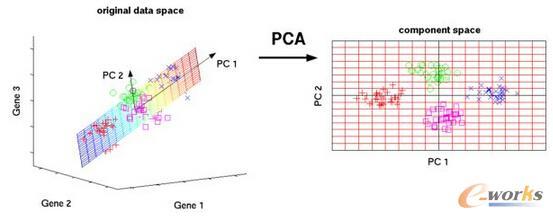Existing point cloud modeling datasets primarily express the modeling precision by pose or trajectory precision rather than the point cloud modeling effect itself. Under this demand, we first independently construct a set of LiDAR system with an optical stage, and then we build a HPMB dataset based on the constructed LiDAR system, a High-Precision, Multi-Beam, real-world dataset. Second, we propose an modeling evaluation method based on HPMB for object-level modeling to overcome this limitation. In addition, the existing point cloud modeling methods tend to generate continuous skeletons of the global environment, hence lacking attention to the shape of complex objects. To tackle this challenge, we propose a novel learning-based joint framework, DSMNet, for high-precision 3D surface modeling from sparse point cloud frames. DSMNet comprises density-aware Point Cloud Registration (PCR) and geometry-aware Point Cloud Sampling (PCS) to effectively learn the implicit structure feature of sparse point clouds. Extensive experiments demonstrate that DSMNet outperforms the state-of-the-art methods in PCS and PCR on Multi-View Partial Point Cloud (MVP) database. Furthermore, the experiments on the open source KITTI and our proposed HPMB datasets show that DSMNet can be generalized as a post-processing of Simultaneous Localization And Mapping (SLAM), thereby improving modeling precision in environments with sparse point clouds.
翻译:现有的点云建模数据集主要通过姿态或轨迹精度来表达建模精度,而不是点云建模效果本身。因此,我们首先独立构建了一个带有光学舞台的 LiDAR 系统,并基于构建的 LiDAR 系统建立了一个 High-Precision, Multi-Beam (高精度多光束), real-world 数据集。其次,我们针对对象级建模提出了基于 HPMB 的建模评估方法,以克服这种限制。此外,现有的点云建模方法倾向于生成全局环境的连续骨架,因此忽略了复杂对象的形状。为了解决这一挑战,我们提出了一种新的基于学习的联合框架 DSMNet,用于从稀疏点云帧进行高精度 3D 曲面建模。DSMNet 由密度感知点云配准(PCR)和几何意识点云采样(PCS)组成,以有效地学习稀疏点云的隐式结构特征。广泛的实验表明,DSMNet 在 Multi-View Partial Point Cloud (MVP) 数据库上的 PCS 和 PCR 方面优于现有的最先进方法。此外,在开源 KITTI 数据集和我们提出的 HPMB 数据集上的实验表明,DSMNet 可以作为同时定位与地图 (SLAM) 的后处理而推广,从而提高在稀疏点云环境中的建模精度。



